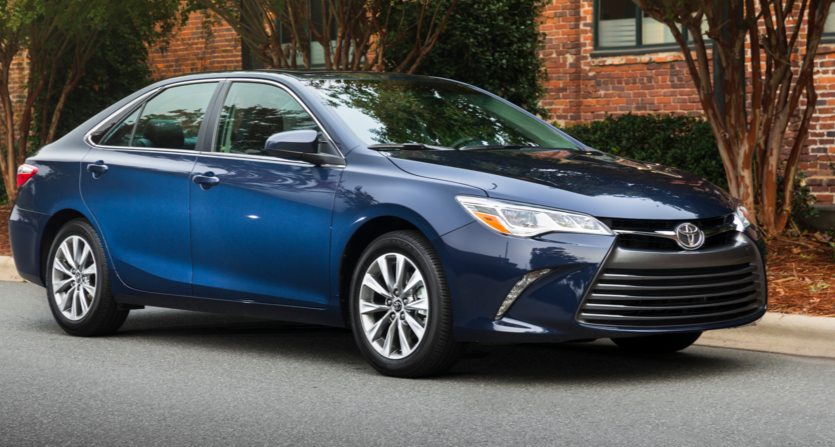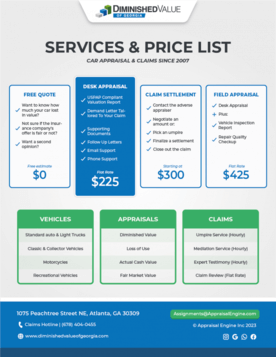Midsize Car Fuel Economy is Forced By Government – 2016
Federal Government Influencing Automakers
The federal fuel economy target of 54.5 mpg by the 2025 model year masks a complex set of factors, some of the are:
- Targets are determined by a vehicle’s size category. This ensures small cars and SUVS have similarly ambitious, but different goals.
- Each year’s target is based on a predicted sales mix of cars to light trucks. If light trucks account for a larger share of sales than predicted, the target goes down. If they make up a smaller share than predicted, the target rises.
- Various federal credits enable automakers to lower their target.
- The final number 54.5 is the regulatory compliance mpg, based on lab testing. It equals to about 40 mpg on Monroney stickers.
– Turbocharging and engine downsizing: 7.7% – 8.3% fuel reduction.
Cost: $245-282
– Gasoline direct injection: 1.5% fuel reduction.
Cost: $164
– Low-friction lubricants, engine friction reduction: 1.3% fuel reduction.
Cost: $51
– Drag reduction: 2.5% fuel reducion.
Cost:$100
– Low-rolling-resistance tires: 2.0% fuel reduction.
Cost: $31
– 8-speed automatic transmision: 1.3% – 1.7%
Cost: $47 – $115
– Exhaust gas recirculation cooler: 3.0% – 3.5% fuel reduction.
Cost: $180
– Improved electrified accessories: 2.4% fuel reduction.
Cost: $37
– Mass reduction of 5% – 10%: 4.6% fuel reduction.
Cost: $151 – $315







